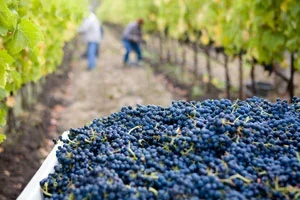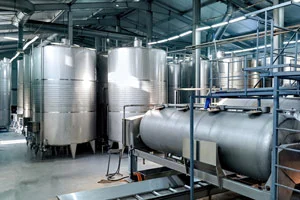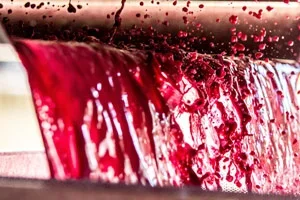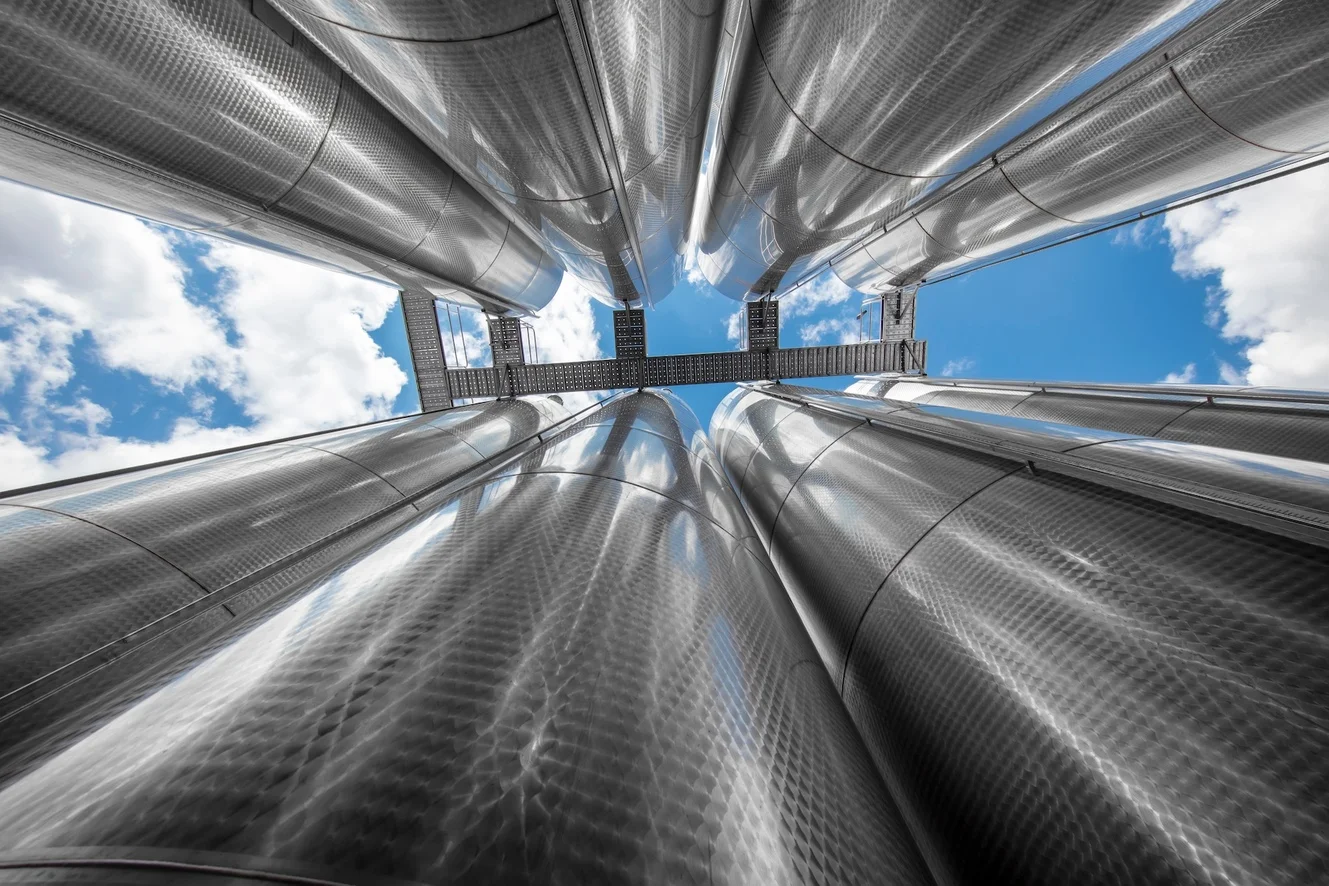The oxidation of white wine is one of the problems that concerns producers the most because of the highly negative consequences it has on organoleptic characteristics. Knowing how we can prevent it and correct it as much as possible will be of great help to us when it comes to offering the consumer a high quality product.
White wine: consequences of oxidation
Wine oxidation can occur at several stages of winemaking, but as we get closer to bottling, its consequences are more negative, so prevention plays a vital role throughout the production and storage of white wine.
It should be borne in mind that wines can undergo an oxidation process and we must be able to recognize the beginning of this oxidation so we can act before the quality of the wine is irreversibly altered. Typical symptoms of early oxidation are:
- In color, the greenish tones disappear, resulting in more golden-yellow tones.
- Regarding the aroma, first the fresher ones (thiols) disappear, leading to riper fruit aromas.
- There is increased dryness and bitterness on the mouth.
A white wine with these characteristics obviously affects the tasting experience. Therefore, as producers, we must work to prevent and mitigate the effects of oxidation.
How can I minimize its effect and prevent it?
Reducing and preventing the oxidation of a wine involves the application of some good practices, which help control oxygen throughout the winemaking process, and prevent substances such as reactive quinone from triggering this process.
Working with musts with the lowest possible oxidation level and a minimum volume of sludge is the essential starting point to obtain high quality white wines. This is required not only to obtain clean musts during racking, but also to reduce the polyphenolic load as much as possible by using selective fining agents that reduce the amount of easily oxidizable polyphenols (Abs320).
Besides, determining the catechin level of the grape variety allows us to know its oxidation potential. Similarly, glutathione and glutathione also play a very important role in the prevention of oxidative processes in both musts and wines, even helping to protect their aromas.
We must also remember to use presses that help collect the must fractions obtained from each pressing, and their corresponding separations, allowing for more energetic clarification of fractions with the highest polyphenolic load.
During the preservation of white wine, we can find several recommendations to avoid oxidative deterioration:
- Avoid the incorporation of oxygen during the whole process, paying special attention to racking and filtrations.
- Temperature control, high temperatures accelerate oxidation reactions and should be avoided. Storing wine at low temperatures is a good option to prevent oxidation, but it is vitally important to control the supply of oxygen, since solubility is greater at low temperatures.
- Electrochemical potential control, the monitoring of the RedOx potential will allow us to know the wine state and potential for oxidation or reduction, allowing us to act before quality is affected.
Recommended reading: How to properly preserve white wine
Agrovin’s proposals to prevent the oxidation of white wine
In Agrovin’s catalog, we can find several products designed to prevent the oxidation of white wine during production.
Implementing desludging adjuvant products is a necessary investment to prevent oxidation. The same applies to the appropriate instrumentation for carrying out the corresponding must and wine analyses. Monitoring the RedOx potential is especially important, with Electrowine we can know the oxidation-reduction state of the wine during the entire winemaking and storage process.
Of course, we can also use antioxidant products with glutathione, such as Superbouquet Evolution, which protects against oxidation, or Microstab Protect which is antioxidant (glutathione) and also reduces microorganisms. In both cases, these are specific preparations with antimicrobial properties, which protect the wine from oxidation by inactivating its catalysts. They are also effective in reducing yeast and bacterial populations. In addition, the application of these treatments avoids the excessive use of sulfur dioxide.
Avoiding oxidation of white wine must be one of the priorities for winemakers and must and wine producers. This prevents the appearance of negative symptoms in color, flavor and aroma that may affect its tasting. Controlling nitrogen levels and other elements such as catechins; using equipment to monitor the RedOx potential; taking care of other aspects such as temperature, tank filling level and using specific antioxidants are also fundamental aspects to control the occurrence of an oxidation process.









